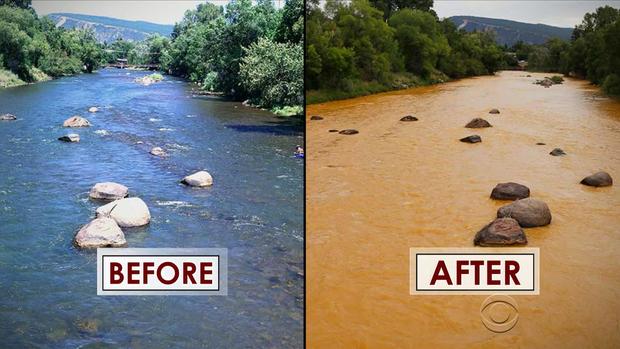
 6
6




 with a casual search.
with a casual search.




 2
2












Check out Redhawk's soil series: https://permies.com/wiki/redhawk-soil
 1
1






 1
1




 2
2






 4
4








 1
1




 2
2










Fredy Perlman wrote:
Skandi, you mean that over time silt does not weather into clay, ultimately? My soil profile is silt loam with some areas of loamy sand, but that's just Soilweb data. I'm finding more clay than the profiles suggest.


 11
11










 4
4




List of Bryant RedHawk's Epic Soil Series Threads We love visitors, that's why we live in a secluded cabin deep in the woods. "Buzzard's Roost (Asnikiye Heca) Farm." Promoting permaculture to save our planet.
 2
2




s you suggest, clay can be like a sponge for certain hazardous substances like naturally occurring heavy metals. However it could be quite complex to know if and when the sponge was mopping up the metals or wringing them out. (This issue worries me though when people talk about re-purposing the "red mud" or bauxite tailings of aluminum mining.) I don't mean to be alarmist, but if you put the wrong kind of clay on your land, and then maybe you irrigate with salty river water, (or the river floods) in the worst case I guess there could be an ion-exchange that could leach out heavy metals.












 1
1




List of Bryant RedHawk's Epic Soil Series Threads We love visitors, that's why we live in a secluded cabin deep in the woods. "Buzzard's Roost (Asnikiye Heca) Farm." Promoting permaculture to save our planet.
 1
1








 2
2




One would need a way of testing soil. I'm a novice at this but I suppose one could put the soil sample through an appropriate sequence of an acid wash and/or an alkaline wash of a pH range that the soil is likely to encounter, and see what comes out. I guess the question, on a case-by-case basis, is what to do with the heavy metals given that they are in the earth. Do you leave them where they are, or move them, or plate them out?














 1
1




List of Bryant RedHawk's Epic Soil Series Threads We love visitors, that's why we live in a secluded cabin deep in the woods. "Buzzard's Roost (Asnikiye Heca) Farm." Promoting permaculture to save our planet.




Mike Phillipps wrote: I could be wrong but I suppose that's why I'm of the opinion that mining residues ought to immediately be put back where they came from, and left there until the technology, knowledge and resources become available for them to be considered mineable ore again with an independent business plan that appropriately accounts for all the liabilities.


 2
2




![Filename: rocket-cookstove.jpg
Description: Cob cookstove [Thumbnail for rocket-cookstove.jpg]](/t/74053/a/57492/rocket-cookstove.jpg)




Joseph Lofthouse wrote:
My subsoil would be classified as silt. I use if for cob projects as if it were clay.

 2
2




![Filename: mixing-cob.jpg
Description: Mixing cob [Thumbnail for mixing-cob.jpg]](/t/74053/a/57498/mixing-cob.jpg)
 3
3








Just. Build. The. Damn. Thing!
 2
2





 2
2




 1
1




This is all just my opinion based on a flawed memory





Fredy Perlman wrote: If one were to exploit topography, wouldn't a series of channels potentially create a passive clay mine? Where either the soil is washed away leaving easily-purified large clay deposits, or the clay is washed into certain collection areas? Per observation, I don't think the latter actually happens...what looks to be happening is that, after human disturbance, sand and soil are removed from settled areas of clay.
 3
3





| I agree. Here's the link: http://stoves2.com |





